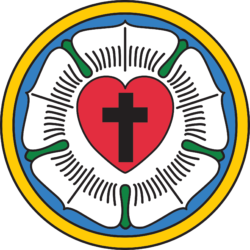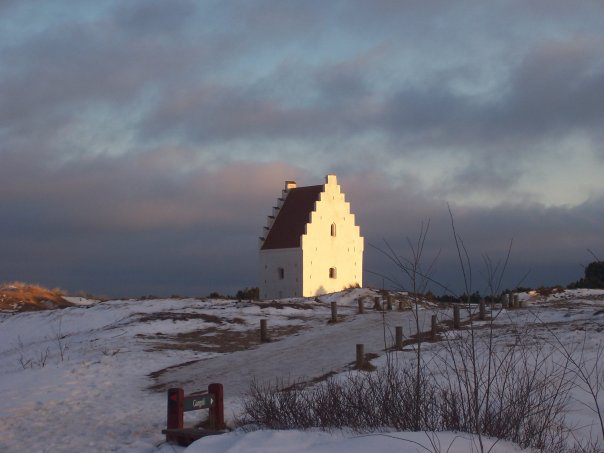This is the third in a series of articles on temples, priests and church buildings by Pastor Mark Chavez, NALC General Secretary.
We concluded part two with the observation that the new temple is Jesus — his resurrected body and the bodies of his disciples. His body is the primary structure, not church buildings.
The new temple is radically different than the old. It is animate, so animate that it gives all life. Christ the cornerstone is a living stone and all of his disciples are living stones built upon the cornerstone (see 1 Peter 2:4-9). The new temple is the most mobile structure in all of creation. Unlike the old temple, to which sinners had to travel, the new temple is always on the move seeking sinners.
Another difference is that the priests and the structure in the new temple are one and the same. In the old temple priests were distinct from the temple — so distinct they could only approach the temple altar to offer sacrifices if they were ritually clean. The high priest could only enter the holy of holies and approach the Ark of the Covenant once a year, and again only if he was ritually clean.
Now Jesus, the great high priest, is the temple, and so is his royal priesthood, his disciples, who are built into the temple. Jesus removed all that separated the priests and the people from the living God in the old temple. He is the Lamb of God who took away the sin of the world.
High priests at the Jerusalem temple repeatedly offered the bodies of animals and birds as sacrifices. Jesus offered his own body — “He has no need, like those high priests, to offer sacrifices daily, first for his own sins and then for those of the people, since he did this once for all when he offered up himself.” (Hebrews 7:27)
Since Jesus did away with all the other daily sacrifices, there’s only one sacrifice left for priests in the new temple. We daily offer our bodies “as a living sacrifice” (Romans 12:1).
At the old temple priests could only be adult men from the tribe of Levi. Priests in the new temple are from every tribe and race. They are young and old, men and women (see Peter’s quotation of Joel 2:2829 on Pentecost in Acts 2:16-18). The Triune God, Father, the Son and Holy Spirit, makes us priests in the new temple by joining us completely with Christ in his death and resurrection in our baptisms (see Romans 6:3-4).
The radical difference of the new temple and new priesthood ties directly with discipleship. We tend to think of our Lord’s commandment “to go and make disciples of all nations” as some lofty, challenging mission attainable by only a select group of people who go to some far away place. However, every baptized believer is a mobile delivery vehicle for the living God’s presence on earth. Obeying the Great Commission is not only within reach of all baptized believers, it is expected of all. Jesus simply commands and calls us to be who we are as a new creation in him.
The Holy Spirit, beginning with our baptisms and each day thereafter, gives us the capacity to make disciples of all nations. We are all priests, living in God and God living in us, and therefore able to speak God’s forgiveness to all sinners. We bear in our bodies the very gospel of Christ, and the Holy Spirit will use us to call sinners to faith in Christ through his gospel.
When Jesus commands us to go and make disciples he is not necessarily commanding us to travel to another continent. He commands most of us to go where we are already going in our daily lives. We have opportunities to bear witness to Christ beginning in our homes, and then out in our neighborhoods, schools and workplaces, including our churches.
We could say a lot more about the primary structure — Jesus’ body and our bodies living in Him. But what of the secondary structures, our church buildings? What is their place and function in the Church? More on that next month.


